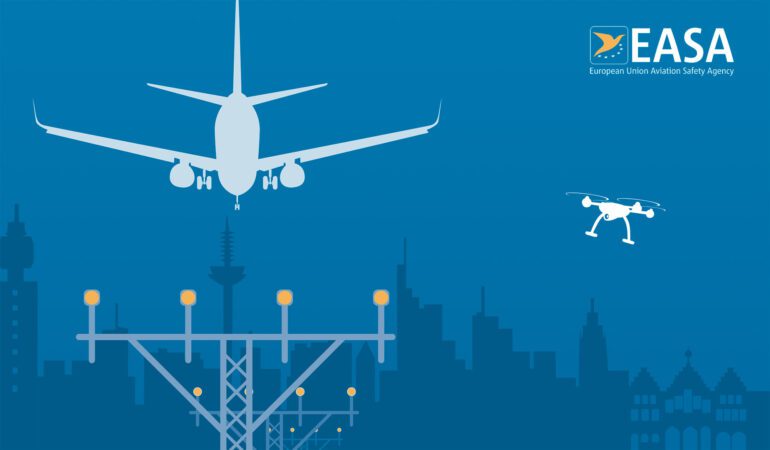TL;DR:
- The European Union Aviation Safety Agency (EASA) has released the AI Roadmap 2.0 for aviation.
- The updated roadmap builds upon the initial proposal and incorporates insights from real-world AI use cases.
- It focuses on the safe and trustworthy integration of AI in aviation, emphasizing safety, security, AI assurance, human factors, and ethical considerations.
- The EASA AI Roadmap aims to facilitate the seamless integration of new and emerging technologies in the aviation industry.
- It provides guidelines and actionable steps for harnessing the potential of AI while maintaining high standards of safety.
- The roadmap highlights the importance of a human-centric approach and collaboration between AI and human expertise.
- It serves as a visionary blueprint for a future where AI and human capabilities drive innovation and enhance passenger experiences.
Main AI News:
The European Union Aviation Safety Agency (EASA) is excited to announce the launch of its highly anticipated AI Roadmap 2.0, aimed at pushing the boundaries of integrating artificial intelligence (AI) in the aviation sector while prioritizing human-centric principles.
Building upon the initial proposal released in February 2020, the updated roadmap takes into account valuable insights gained from real-world AI use cases involving key stakeholders from the aviation industry, academia, and research centers. This collective expertise has contributed to the development of a comprehensive plan that ensures the safe and trustworthy integration of AI in aviation.
With an unwavering focus on safety, security, AI assurance, human factors, and ethical considerations, the roadmap lays out a strategic framework for effectively harnessing the potential of AI while maintaining the utmost standards of aviation safety.
The EASA AI Roadmap is a testament to the agency’s ongoing commitment to fostering the seamless integration of new and emerging technologies in the aviation landscape. By providing clear guidelines and actionable steps, EASA is empowering the industry to embrace AI’s transformative capabilities while upholding the highest levels of safety and reliability.
As the aviation industry continues to evolve, the EASA AI Roadmap 2.0 stands as a visionary blueprint that paves the way for a future where AI and human expertise synergistically collaborate to drive innovation, efficiency, and enhanced passenger experiences.
Conlcusion:
The release of the AI Roadmap 2.0 by the European Union Aviation Safety Agency (EASA) signifies a significant development in the aviation market. The roadmap’s focus on the safe and trustworthy integration of artificial intelligence (AI) highlights the industry’s commitment to leveraging emerging technologies while prioritizing safety, security, and ethical considerations.
By providing clear guidelines and actionable steps, the roadmap empowers businesses in the aviation sector to embrace AI’s transformative potential while maintaining the highest standards of safety and reliability. This forward-thinking approach not only ensures enhanced passenger experiences but also drives innovation, efficiency, and competitiveness within the market. The EASA AI Roadmap sets the stage for a future where AI and human expertise work in synergy, propelling the aviation industry into a new era of possibilities.

